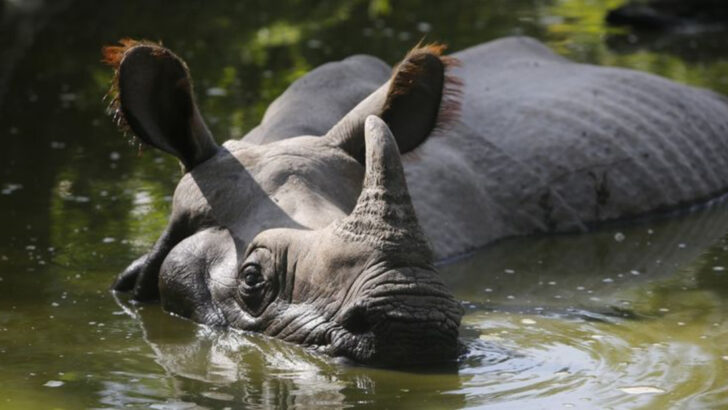They were gone. Some for decades. Some for over a century. But against every odd, these wild creatures clawed their way back into the spotlight. From wolves howling again in once-silent forests to whales breaching in waters that nearly lost them forever—these comebacks feel like something out of a movie. And guess what? You don’t need to travel to another continent to witness them. From the Midwest plains to the Florida swamps, these survivors are making bold returns across the U.S. and beyond. You’ll find stories of determination, human grit, and animals that simply refused to disappear. Ready to meet 13 living legends—and learn where to find them in 2025? Let’s go.
Black-Footed Ferret
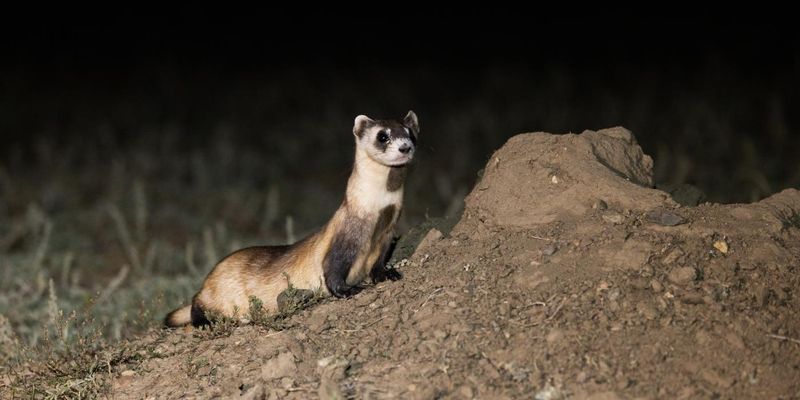
Once thought extinct in the wild, the black-footed ferret has made a remarkable comeback. In the early 1990s, only a handful remained, but thanks to concerted conservation efforts, they now thrive across eight U.S. states and Canada. With over 300 individuals reintroduced, the ferrets are reclaiming their native prairies. Their success story is a testament to the power of human intervention in wildlife conservation. As these curious creatures roam the grasslands, they serve as a beacon of hope for other endangered species.
Black Rhinoceros (Southwest)
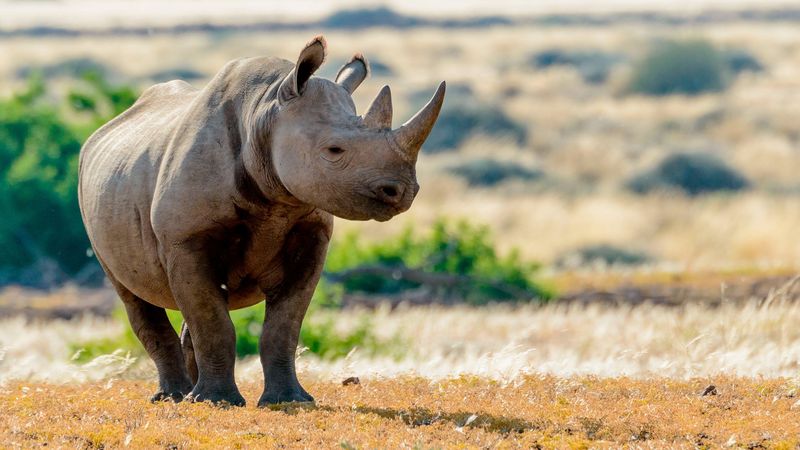
The black rhinoceros population in Namibia has rebounded by 11% since 2012, shifting its IUCN status from Critically Endangered to Near Threatened. This incredible recovery is due to stringent anti-poaching measures and habitat protection. The landscape of Namibia provides a vast haven for these robust animals. With their unique horns and thick skin, they embody resilience and strength. Visitors in 2025 can witness these magnificent creatures roaming freely, showcasing a triumph of conservation efforts.
Greater One-Horned (Indian) Rhino
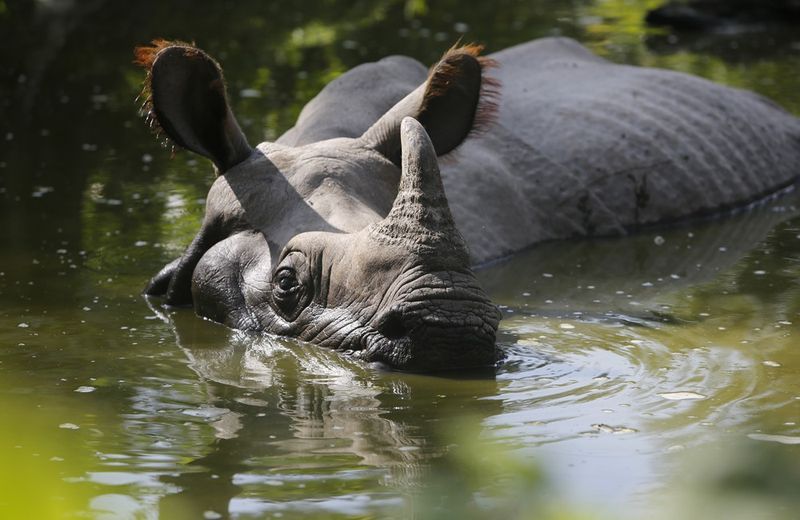
The Greater One-Horned Rhino has seen a population surge, now numbering over 4,500 across India and Nepal. This growth is largely due to habitat restoration and rigorous anti-poaching laws. These rhinos, with their distinct single horn and thick, armor-like skin, are a symbol of successful wildlife management. In the verdant wetlands, they thrive, adding to the biodiversity of the region. Tourists in 2025 can expect to see these majestic giants grazing peacefully, a sight to behold.
Mountain Gorilla
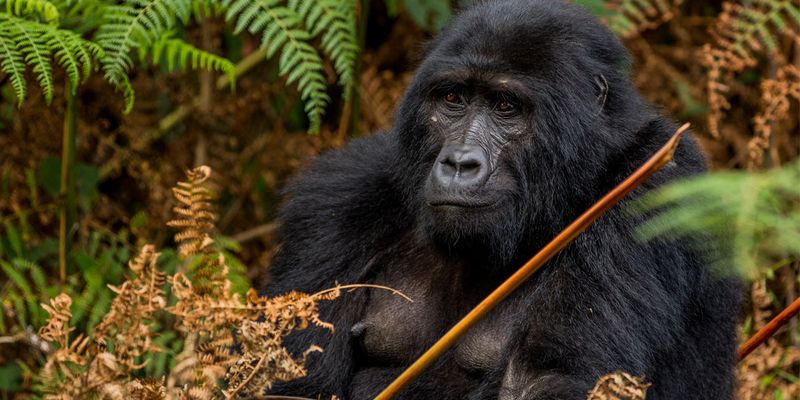
Mountain gorillas have surpassed a population of 1,000 in Uganda, Rwanda, and the Democratic Republic of Congo. From a mere 400 individuals in 2011, their numbers have steadily grown. These gentle giants are known for their strong familial bonds and intelligent eyes. The dense forests provide a sanctuary where they can thrive. Conservation efforts, including anti-poaching laws and community involvement, have played a crucial role in their recovery. Visitors to these regions in 2025 can witness their social interactions firsthand.
Snow Leopard
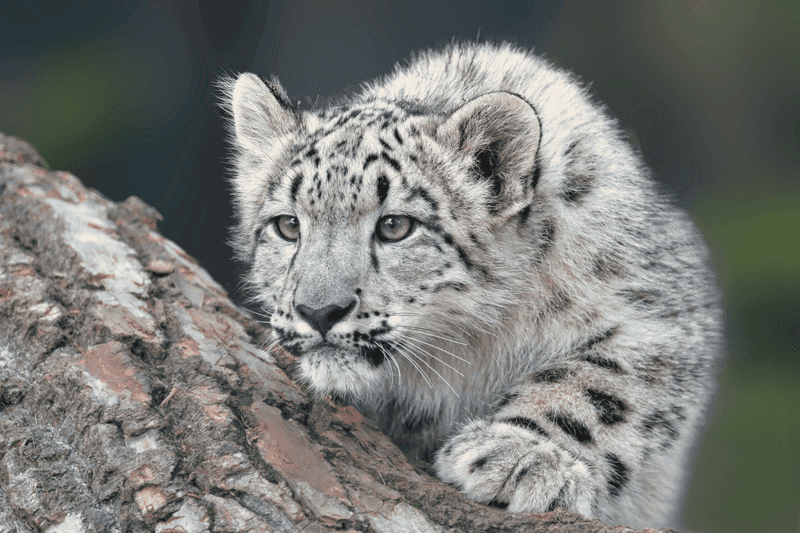
The elusive snow leopard is holding steady with around 950 individuals in Mongolia. These solitary cats are perfectly adapted to the rugged mountainous terrain. With a thick coat and long tail, they navigate the snow with grace. Efforts to stabilize their population include education and community engagement to reduce human-leopard conflict. In 2025, adventurers may catch a glimpse of these majestic predators as they blend seamlessly into the rocky landscape, a true testament to nature’s wonders.
Swift Fox
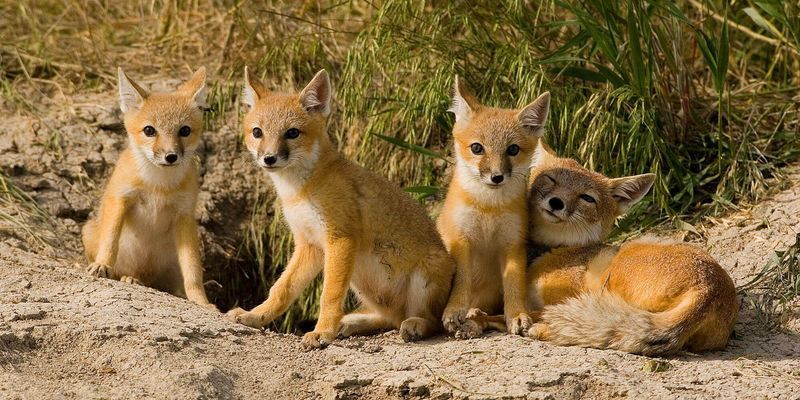
The swift fox has been successfully reintroduced in Montana and parts of Canada, now sustaining self-supporting populations. Known for their agility and keen senses, these small canids are vital to the prairie ecosystem. Conservation programs focused on habitat restoration have ensured their survival. As of 2025, these clever creatures roam freely, their presence indicating healthy grasslands. Observers might spot their bushy tails and sharp eyes darting through the fields, a delightful sight for nature enthusiasts.
Gray Wolves (California)
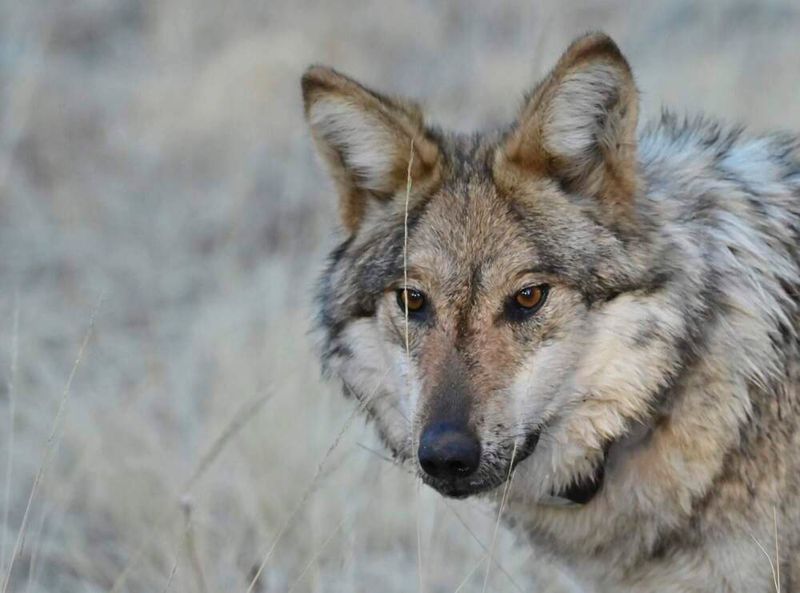
California’s gray wolf population has expanded with three new packs identified in 2024, bringing the total to ten. These apex predators play a crucial role in maintaining ecological balance. Known for their complex social structures, gray wolves have made a remarkable return to the Golden State. Conservation strategies, including legal protection and monitoring, have facilitated this resurgence. By 2025, visitors can experience their haunting howls echoing through the forests, a sound that signifies wilderness restored.
Whooping Cranes
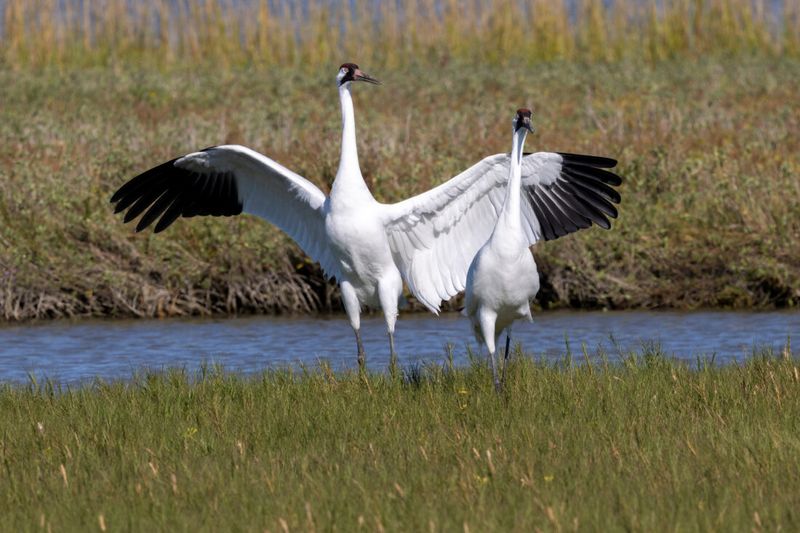
The whooping crane population has reached a record wintering number of 557 along Texas’s coast. From just 14 individuals in 1941, this impressive increase showcases the success of conservation efforts. These graceful birds, with their distinctive white plumage and red crowns, are a symbol of resilience. The coastal wetlands provide a vital stopover during their migration. In 2025, birdwatchers can marvel at their synchronized movements and calls, a sight of hope for avian preservation.
Common Crane (Scotland/UK)
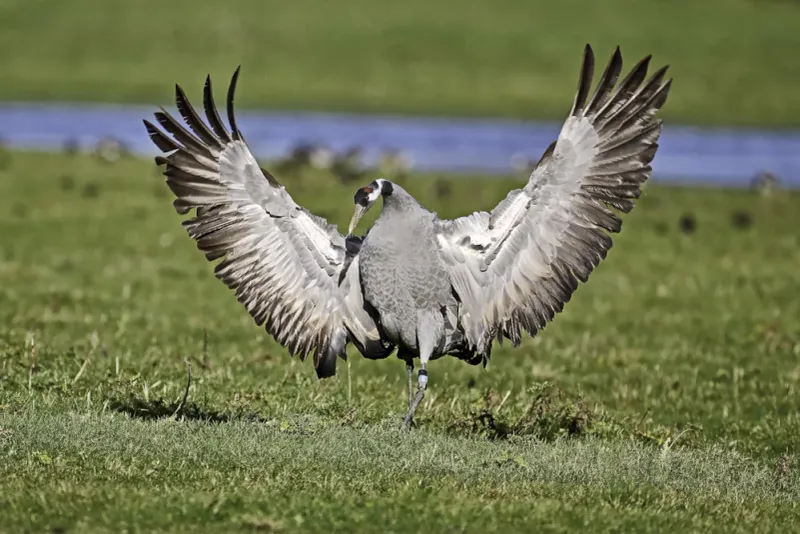
The common crane has made a triumphant return to Scotland, with over 250 breeding pairs now thriving. Once extinct in the region for 500 years, their reappearance marks a significant milestone. These stately birds are celebrated for their elaborate dances and trumpeting calls. The Scottish wetlands provide an ideal habitat for breeding and migration. In 2025, nature enthusiasts can witness their graceful presence and intricate courtship displays, a testament to successful wildlife rewilding.
Tasmanian Devil (Mainland Australia)
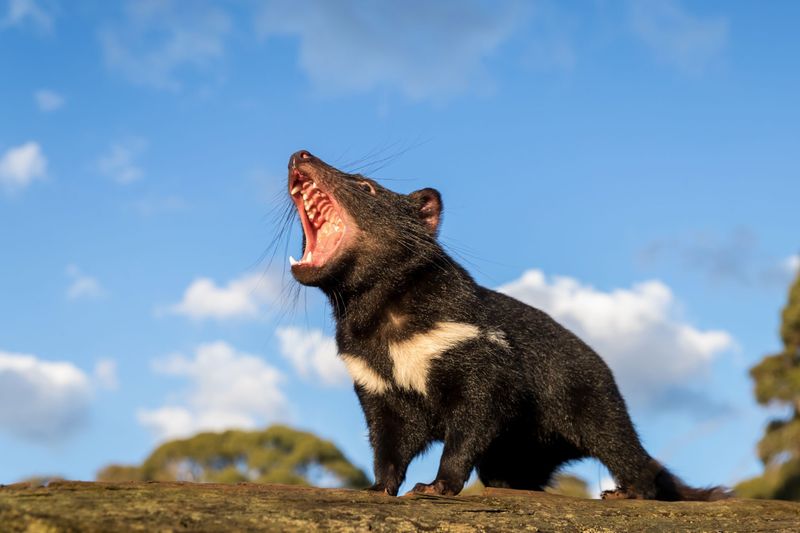
The reintroduction of the Tasmanian Devil to mainland Australia after a 3,000-year absence marks a significant conservation milestone. Known for their feisty demeanor and strong jaws, these marsupials are iconic in Australian wildlife. Their reintroduction aims to restore ecological balance and control invasive species. The dense forests offer a perfect haven for their survival. By 2025, curious visitors can explore these habitats and possibly hear their distinct vocalizations at dusk, a thrilling experience for wildlife adventurers.
Eastern Lowland Gorilla
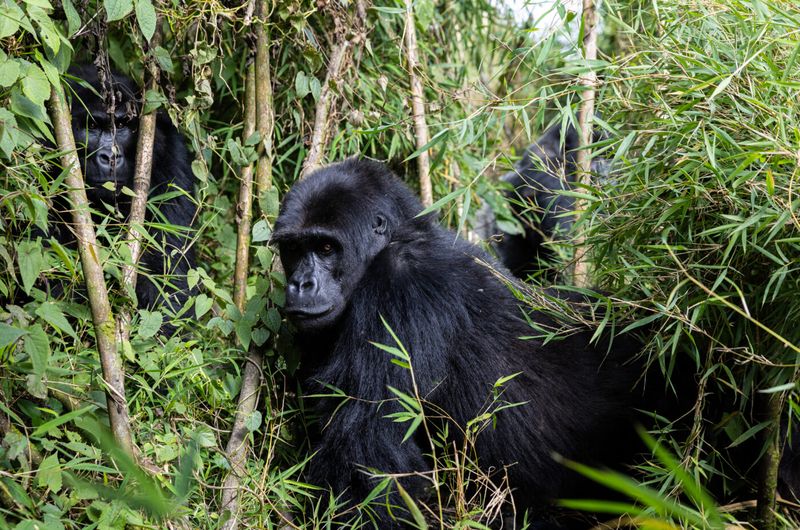
In late 2024, four rescued Eastern Lowland Gorilla females were reintegrated into Virunga National Park, thriving once again in the wild. These majestic primates are known for their strength and gentle demeanor. The rich biodiversity of the park provides a perfect sanctuary for their resurgence. Conservation efforts focus on habitat protection and poaching prevention. By 2025, visitors to the park can witness these powerful creatures living freely, an inspiring sight of nature’s resilience and human dedication.
Chel Snakehead
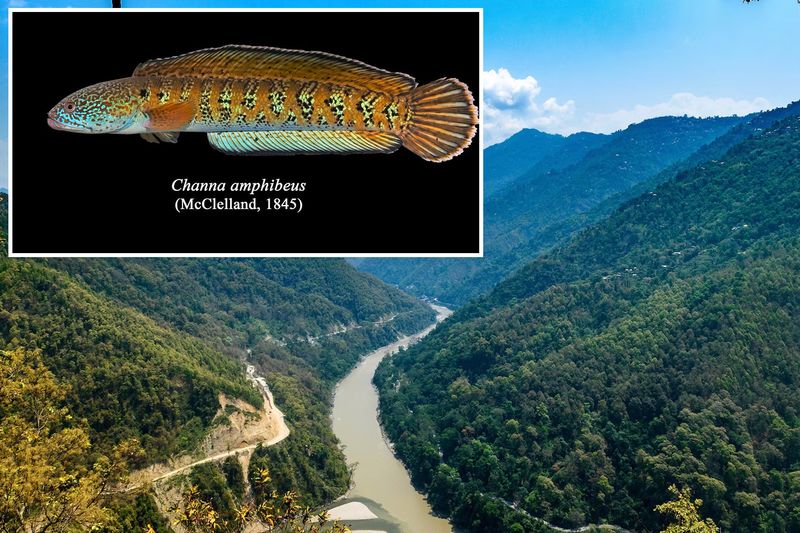
The Chel Snakehead, once presumed extinct since the early 1900s, was rediscovered in India’s Chel River in 2024. This striking fish is known for its vibrant colors and elongated body. Its rediscovery signifies a hopeful turn for river ecosystems. Conservationists are now working to ensure its habitat remains undisturbed. In 2025, those exploring the region might spot these fascinating creatures swimming gracefully, a rare chance to observe a species thought lost to time.
Purple Emperor Butterfly (UK)
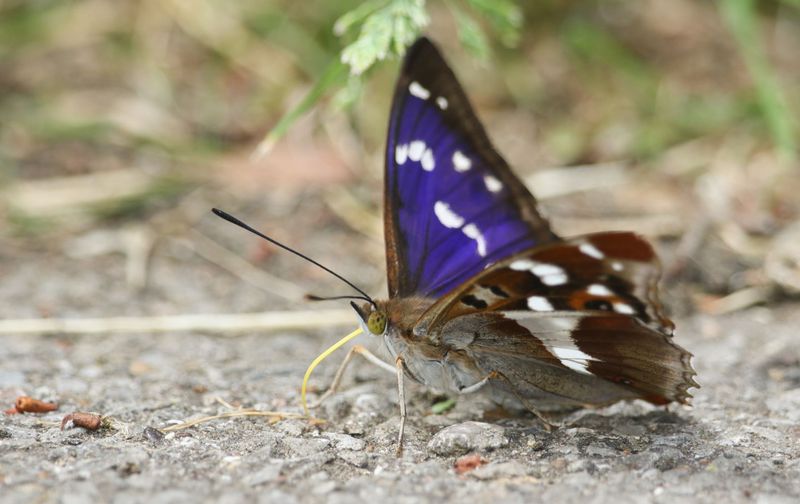
The Purple Emperor Butterfly has recorded its strongest showing yet, with 283 individuals spotted in a single day at the Knepp rewilding project. Known for its elusive nature and striking iridescent wings, this butterfly captivates all who see it. Their presence indicates a thriving ecosystem. Efforts to enhance natural habitats have contributed to their resurgence. By 2025, visitors to the Knepp estate can marvel at their regal flight, a symbol of successful rewilding and biodiversity conservation.

